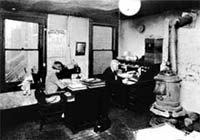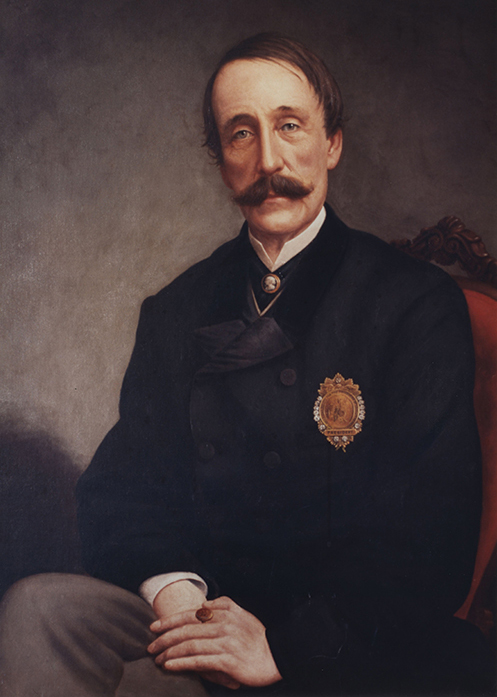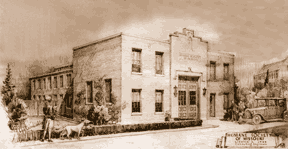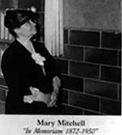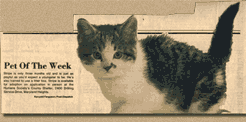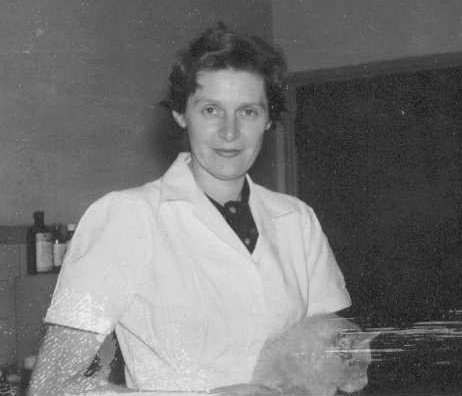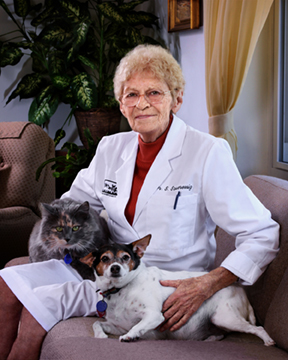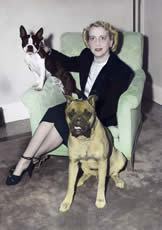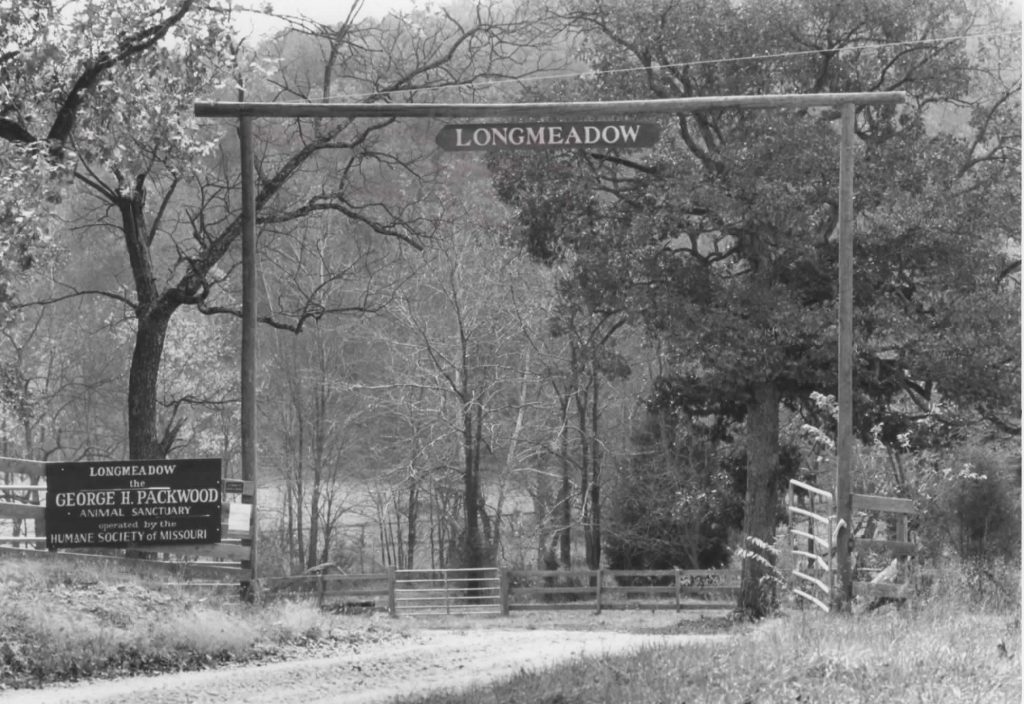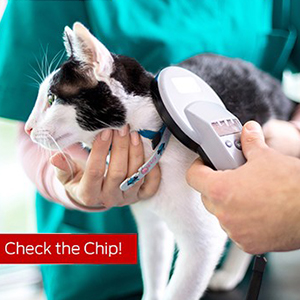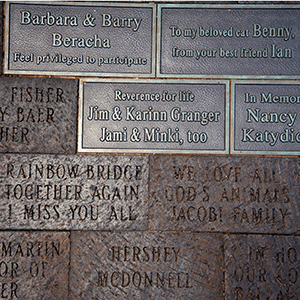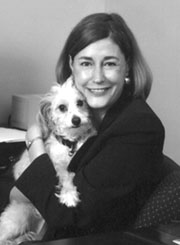"Men will be just toward men when they are charitable toward animals."
Henry Bergh, Founder of the American Humane Movement
Our Mission
Since 1870, the Humane Society of Missouri has been dedicated to second chances. We provide a safe and caring haven to all animals in need – large and small – that have been abused, neglected or abandoned. Our mission is to end the cycle of abuse and pet overpopulation through our rescue and investigation efforts, spay/neuter programs and educational classes. We are committed to creating lasting relationships between people and animals through our adoption and shelter pet behavior programs and by making available world-class veterinary care. The animals thank you for your support.
HSMO Through the Years
Admirers of Henry Bergh’s philosophies found the Humane Society of Missouri, just four years after Bergh’s first ASPCA (American Society for the Prevention of Cruelty to Animals) is founded in New York City. Sketchy records indicate that George Patridge is the first president for the Humane Society of Missouri. Business is conducted from a small, one-room office in downtown St. Louis at 1618 Carr Street. Animals were housed in an old, weather-beaten shed, and during cold weather, were brought inside the office, where business went on as usual.
Back in New York, Mary Ellen, a 10-year-old abused and neglected child, was carried by Bergh into the courtroom wrapped in a horse blanket. The child displayed a mass of scars from repeated beatings and mutilations and was severely malnourished. However, according to the laws of the day, she was completely at the mercy of her mother. Bergh asked that the child be treated like a “dumb animal” and placed into the hands of the ASPCA as animals were now protected from this kind of abuse. The unprecedented verdict states that Mary Ellen would be committed to “the Sheltering Arms” of the ASPCA. Her mother was sentenced to prison for one year.
The first horse ambulance is placed in service to help rescue animals in distress and investigate nearly 1,500 cases of abuse and neglect in St. Louis.
St. Louis socialite Mary Mitchell calls attention to the lack of watering troughs for horses. She decides to alleviate their suffering by installing a fountain service adjacent to her home in the fashionable Central West End.
The Humane Society of Missouri helps nearly 14,000 animals. In these early years, the Humane Society of Missouri also cared for abused and neglected children as a result of the landmark case involving Henry Bergh and young Mary Ellen.
John Lichter donates $30,000 for a new building to be located at 1210 Macklind Avenue. The donation was made in memory of his wife, Irene, who had been a director for the Humane Society of Missouri for many years.
Eric Hansen becomes the first General Manager of the Humane Society of Missouri. The Humane Society of Missouri handles a record number of animals – nearly 33,000 animals — while contributions decrease in size and number due to the Great Depression. The Humane Society of Missouri conducts free clinics for pets and their eligible owners. On Tuesdays and Fridays, WIL Radio broadcasts descriptions of stray dogs and cats in hopes of reaching their owners. The Humane Society of Missouri also makes national news by scattering birdseed from an airplane to birds unable to feed themselves in the severe winter weather.
Newspaper headlines in May, 1933, read “Humane Society of Missouri Broke and In Debt.” The debt was the sum of $5,000 of unpaid salaries.
It is revealed that Miss Mary Mitchell (the animal-loving socialite) had contributed more than $50,000 to cover annual deficits throughout a period of 15 years. In an effort to help curb violent behavior, the Humane Society of Missouri gives cameras to boys in exchange for air rifles. The theory behind this practice is “It’s better to shoot with a camera than with a gun.”
Arnold M. Amundsen becomes Director of the Humane Society of Missouri. 1942 The Mary C.J. Todd Memorial Hospital and Clinic is built with funds she has bequeathed.
The Mary C.J. Todd Memorial Hospital and Clinic is built with funds she has bequeathed.
Fritz K. Grolock becomes Director of the Humane Society of Missouri. While Grolock is president, the Humane Society of Missouri enlarges the clinic facilities to include a new waiting room, examination rooms and resident veterinarians quarters. The Humane Society of Missouri, which served as the only area animal/child welfare group of its kind, discontinues service to children due to the development of other agencies meeting child welfare needs.
A crematory for animals goes into operation at the Humane Society of Missouri. This is the first time pet owners can have their pets cremated and keep the ashes.
The St. Louis Post-Dispatch creates a tradition with the introduction of “Dog of the Week”, later changed to “Pet of the Week”
The first female veterinarian in the state of Missouri, Dr. Suzanne Saueressig joins the Humane Society of Missouri as a staff clinician. Originally from Germany, Dr. Saueressig hopes to learn as much as possible about American veterinary medicine and then travel on to South America and Africa to continue her learning process. However, shocked by the horrific pet overpopulation problem in the United States, Dr. Saueressig instead begins a 50+-year career with the Humane Society of Missouri, “chipping away at an iceberg with a teaspoon.”
The Humane Society of Missouri gives sanctuary to a 200-pound lioness. The lion lives in the basement for many weeks and becomes quite a friend to many of the 25 employees.
Donald H. Anthony becomes General Manager and facilitates a fact-finding mission of some of the larger and newer shelters in the eastern United States. This trip was to analyze the Humane Society of Missouri’s need for new and improved shelter facilities.
To help curb the pet over population, the Humane Society of Missouri begins spaying all female dogs and cats adopted through the shelter.
Two new adoption wings with a total capacity of 52 animals are in use. Each housing unit has inside-outside facilities with heated floors and running water. The remodeled puppy adoption area displays new, stainless steel puppy cages and allows for 40 puppies. Two new community cat areas debut. The size of the cages in the stray holding section is reduced, thereby permitting fewer dogs to be put in the same cage.
Dr. Suzanne Saueressig is promoted to Chief of Staff and is forever affectionately known by Humane Society of Missouri staff as “Chief”.
Two additional hospital wards are added to relieve the crowded conditions in the nearly 40-year-old building. Improved surgical and preparation facilities are another feature of this department. Also added are a self-contained laundry and sterilization room; improved laboratory facilities; a 120-seat humane education auditorium for use by employees, school children, civic groups and animal-related organizations; and a fleet of 10 vehicles, including two animal ambulances, an investigation unit and an education vehicle called “Know Us Ark”.
The first dog obedience class graduates at the Humane Society of Missouri.
A baby jaguar is in custody of the Humane Society of Missouri. The baby jaguar had been found locked in a closet at the nearby Chase Park Plaza Hotel, guarding what remained of a $47,000 bank robbery.
The 70 employees of the Humane Society of Missouri celebrate 100 years of service to people and animals. The Humane Society of Missouri appears each week on episodes of KTVI-TV’s Romper Room with various animals.
The resident veterinarians quarters built in 1940 are converted to administration offices.
To help relieve the overcrowding problem at the Macklind Avenue location, Elizabeth N. Parrish donates funds for a branch facility located in Maryland Heights.
The Humane Society of Missouri Auxiliary is formed by a group of dedicated women with the hope of raising funds to subsidize different needs of the Humane Society of Missouri. Their first exciting endeavor is to organize a pet supply shop, “Adopt n’ Shop,” located within the Macklind Avenue headquarters. It is the first shop of its kind in the country within a humane society, and is so successful that another shop is opened at the Maryland Heights branch. The Branch is also soon equipped with a clinic and laboratory thanks to the Auxiliary, which provides funds for the additions.
The Visiting Pets program is established, a program in which volunteers with their own pets visit area nursing homes and hospitals, bringing joy and delight to individuals who can no longer have pets of their own.
The Auxiliary opens a spay/neuter clinic at the Maryland Heights Branch.
The Auxiliary contributes $80,000 for a wing expansion at Maryland Heights Branch.
A pioneering idea by Sue Gassner, director of education, and KMOX radio personality Jack Carney pairs older pets with senior citizens through the Golden Friendship program. (This program was taken to a nationwide level through the Ralston Purina “Pets for People” program, directed by Kathryn Wright.)
Governor Kit Bond signs into law the revised statute allowing, for the first time in Missouri history, search and seizure warrants to be obtained to aid in the rescue of abused or neglected animals. This historical signing takes place in the Humane Society of Missouri auditorium.
The importance of teaching humane education is recognized with the first Humane Educator of the Year award.
The Humane Society of Missouri is featured in a live broadcast of the NBC TODAY show with hosts Jane Pauley, Bryant Gumbel and Williard Scott in downtown St. Louis.
Volunteers from the St. Louis community, animal control and other rescue groups join Humane Society of Missouri employees in a daring rescue of more than 55 horses at Creve Coeur Stables, saving these horses from drowning after the Missouri River levy surrenders to flood waters.
The Humane Society of Missouri opens its Large-Animal Rehabilitation Center at the George H. Packwood Animal Sanctuary and Longmeadow Farm in Union, Missouri. Situated on 165 acres of land positioned in a valley surrounded by trees, the rehabilitation center is home to abused and neglected horses, cows, goats and other farm animals while they are rehabilitated and placed up for adoption.
The Humane Society of Missouri debuts the Cinderella Program, a fund dedicated to giving animals a second chance at life by paying for the veterinary medical care of stray, injured animals with minor medical problems that might otherwise prevent them from being adopted.
The Humane Society of Missouri celebrates 120 years of helping animals.
In spite of previous building additions and improvements, the 62-year-old headquarters on Macklind Avenue is code-deficient and inefficient to operate. To increase programs and services to better serve the animals and people of the St. Louis community, a new building is needed. Architects, building consultants and Humane Society of Missouri staff examine animal shelters and veterinary medical centers across the United States.
Kids For Critters Camp is created, allowing St. Louis children an opportunity to spend one week during their summer vacation learning about the joys and responsibilities of caring for pets.
The annual dog walk Bark in the Park debuts to promote awareness for Humane Society of Missouri programs.
The Humane Society of Missouri pulls together to work 24-hours-a-day to help thousands of pets displaced by the Great Flood of 1993. Animals are rescued from water-logged abandoned homes and dangerous environments. Pets find solace in temporary foster homes while their owners rebuild their lives. The Humane Society of Missouri reunites lost pets with their families after weeks of separation. Those animals not claimed after the flood are placed up for adoption and find new homes.
The Humane Society of Missouri makes it mandatory for each animal adopted to receive a microchip implanted between its shoulder blades. The microchip, detected by a scanner found at all area animal shelters and veterinarian offices, enables the Humane Society of Missouri to increase reunions between lost pets with their owners by nearly 75 percent.
To encourage all pet owners to have their pets microchipped, the Humane Society of Missouri begins hosting annual Chip-a-thons, allowing pets to be fitted with a microchip for a nominal fee. The first Chip-a-thon draws a crowd of more than 2,000 people; nearly 700 pets are microchipped.
The Foster Care Program debuts, allowing newborn animals a chance to mature prior to adoption. Puppies younger than 6-weeks-of-age and kittens not yet 8 weeks gain weight and are socialized through the efforts of dedicated foster parents. Our foster program is still going strong today! Learn how to become a part of this vital aspect of our mission »
The new building’s fundraising campaign kicks off with a press conference announcing the future new headquarters. A preexisting warehouse, located directly across the street on Macklind Avenue, will be renovated to serve as the new home for the Humane Society of Missouri. Renovating an existing building saves the Humane Society of Missouri millions of dollars. This fact, combined with the concept of having more space to help rehabilitate more animals appeals to the thousands of St. Louisans who donate to the fundraising campaign. Ground is broken for the new headquarters on Macklind Avenue in October, 1996.
Staff members Jan Chipperfield and Stan Flowers head north to Grand Forks, North Dakota to help rescue animals trapped by raging flood waters. After working with other animal rescue teams from the American Humane Association, the two staff members return with stories of the worst flooding ever seen in that state but tales of triumph in their endeavors.
The new headquarters opens to the public with a Parade of Pets from the old facility. Community representatives including St. Louis Mayor Clarence Harmon and St. Louis County Executive Buzz Westfall escort dogs, cats, puppies and kittens across the street into the new building.
Pet Etc. classes are added to the Education Department’s summer curriculum. The one-day seminars for children focus on specific animal-related issues such as caring for a puppy and the proper care of birds.
The Large-Animal Rehabilitation Center (now Longmeadow Rescue Ranch) celebrates its 10th anniversary of helping rehabilitate abused and neglected farm animals by hosting an open house celebration enabling the public to tour the farm and visit the many resident animals awaiting adoption.
The former Humane Society of Missouri headquarters at 1210 Macklind Ave. is demolished, having served the people and pets of St. Louis for nearly 70 years.
In April, ground is broken for Carol Gates Throop Memorial Park on the site of the former headquarters.
The Humane Society of Missouri sends a contingent of five employees to Oklahoma City to rescue animals displaced by the massive F5 tornado. While investigating an area strewn with cars and pieces of destroyed homes, a traumatized 2-week-old kitten was found hidden beneath the hood of a car. “Okie” was brought home to Missouri and placed into a foster home until she was healthy enough for adoption.
Carol Gates Throop Park officially opens to the public with Paws in the Park, a celebration with community representatives, including St. Louis Mayor Clarence Harmon, and St. Louis County Executive Buzz Westfall, immortalizing their handprints and their pets’ pawprints in cement at the entrance of the park. Built on the site of our former headquarters as a tribute to the countless millions of people and pets who were helped during the nearly 70 years at that location, Carol Gates Throop Memorial Park contains a columbarium where pet lovers may inter their pet’s ashes. Personalized bricks inscribed with donors’ names are among the fundraising opportunities available from the park’s creation. Add your tribute »
The Humane Society of Missouri enters the electronic age with the debut of a website, www.hsmo.org. Internet users view Pets on the Net, read the newsletter, order merchandise from the Gift Shop, mark their event calendar and vote in an online pet photo contest.
Former employee Kathryn Wright Warnick returns to the Humane Society of Missouri, this time as President and Executive Director.
Pre-adoption spay/neuter program established, ensuring that all pets are spayed or neutered prior to being available for adoption and will not contribute to pet overpopulation.
Operation SNIP (Spay/Neuter Initiative Program) launched. Funded by donations, the surgeries are performed at the Macklind Avenue veterinary-medical center one day per week for just $9.95 per pet no matter what the owner’s income status.

